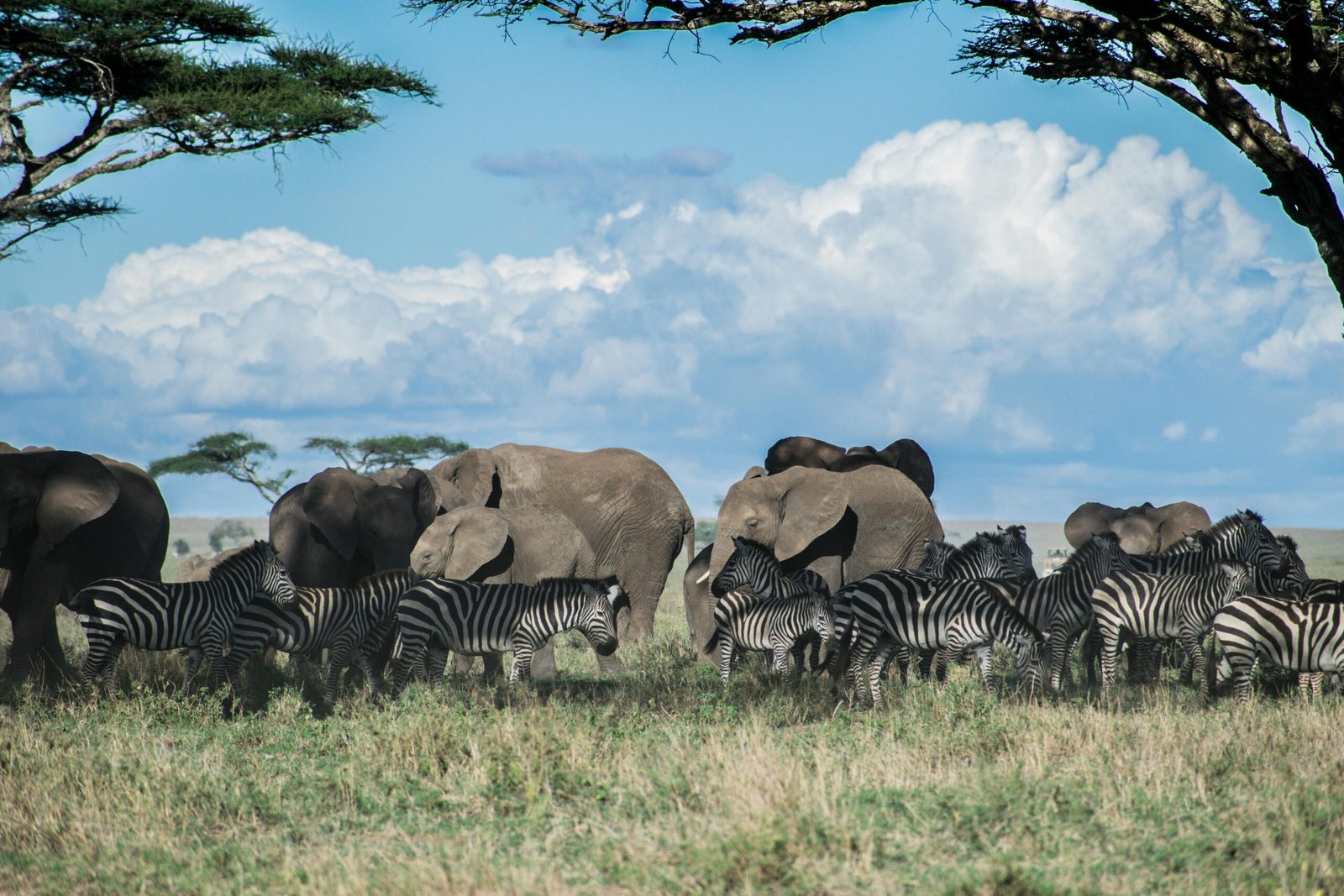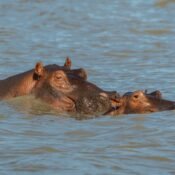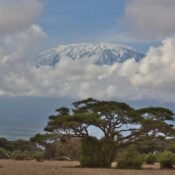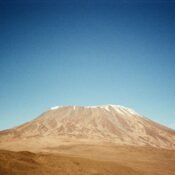
Serengeti vs. Ngorongoro: Which Safari is Right for You?
Embarking on an African safari is a dream for many travelers, and Tanzania boasts two of the continent’s most iconic wildlife destinations: the vast, sweeping plains of the Serengeti National Park and the dramatic, wildlife-rich crater of the Ngorongoro Conservation Area. While both promise unforgettable encounters with Africa’s most celebrated species, choosing between them depends on what kind of safari experience you seek—be it adrenaline-pumping game drives, intimate wildlife viewing, or a blend of culture and nature. This guide will help you weigh the differences and decide which safari is right for you.
1. Landscape & Scenery
- Serengeti National Park
- Terrain: Expansive grasslands stretching as far as the eye can see, dotted with acacia woodlands and seasonal river valleys.
- Visual Impact: The open plains create sweeping vistas, ideal for photographing vast herds of wildebeest during the Great Migration.
- Ngorongoro Conservation Area
- Terrain: A vast volcanic caldera—2,000 feet deep and covering some 100 square kilometers—surrounded by steep crater walls.
- Visual Impact: The crater’s bowl-like shape offers a natural amphitheater for wildlife viewing, with panoramic views from the rim.
2. Wildlife Highlights
- Serengeti
- Big Five: Lions, leopards, elephants, buffalo, and rhinoceros (though rhino sightings are rare).
- Great Migration: Witness over two million wildebeest, zebras, and gazelles moving in an endless river in search of fresh grazing.
- Predator Action: High concentration of predators, especially lions and cheetahs, making thrilling hunt observations.
- Ngorongoro
- Big Five: All five are regularly spotted—and the crater walls limit animal movement, making wildlife encounters more certain.
- Black Rhino: This UNESCO World Heritage Site is one of the best places in Tanzania to see endangered black rhinos.
- Birdlife: Rich avian diversity, including flamingos at nearby soda lakes during wet seasons.
3. Safari Style & Game Drives
- Serengeti
- Game Drives: Long-range drives across open terrain; early mornings and late afternoons are prime times to catch predators on the move.
- Walking Safaris: Available in select areas, allowing for an immersive wilderness experience.
- Hot-Air Balloon Safaris: A unique aerial perspective at dawn, drifting over the plains.
- Ngorongoro
- Game Drives: Concentrated drives within the crater floor; distances between sightings are short, maximizing your time with wildlife.
- Cultural Visits: Opportunity to visit the Maasai communities who graze livestock on the conservation area’s outer slopes.
- Night Game Drives: Permitted in areas outside the crater, offering a chance to spot nocturnal species like hyenas and aardwolves.
4. Accommodations & Lodging
- Serengeti
- Luxury Lodges & Camps: Spread throughout the park in different “serengeti zones” (north, central, south, western), often with plunge pools and spa services.
- Mobile Camps: Move seasonally following the Great Migration, placing you at the heart of the action.
- Tented Camps: Blend traditional safari ambience with modern comforts—ensuite bathrooms, dining under the stars.
- Ngorongoro
- Crater Rim Lodges: Perched atop the rim, offering panoramic views down into the bowl.
- Lodges & Camps Outside the Crater: Range from budget to luxury, often including cultural interactions with nearby villages.
- Unique Settings: Waking up to views of the crater floor is a highlight—imagine sipping coffee as giraffes graze below.
5. Best Time to Visit
- Serengeti
- June to July: Wildebeest river crossings at the Grumeti and Mara Rivers—spectacular but crowded.
- December to March: Calving season in the southern plains, when predators congregate around vulnerable newborns.
- Shoulder Months: April–May and October–November offer fewer crowds and lush landscapes, but heavy rains can impede travel.
- Ngorongoro
- June to October: Dry season—animals gather around permanent water sources on the crater floor.
- November to May: Short rains bring green scenery and bird migrations; crater floor remains accessible year-round.
- Overall Accessibility: Unlike the Serengeti, the Ngorongoro crater is reachable throughout the year, with all lodges open.
6. Budget & Accessibility
- Serengeti
- Cost Range: From mid-range tented camps (~ US$300/night) to ultra-luxe lodges (~ US$1,500/night).
- Park Fees: Higher vehicle and conservation fees, especially during migration peak season.
- Access: Fly-in options to various airstrips or drive from Arusha (4–6 hours on dirt roads).
- Ngorongoro
- Cost Range: Comparable to Serengeti but often slightly lower; crater conservation fees are high but offset by shorter drives between sightings.
- Park Fees: Single-entry fee for crater plus separate conservation levy.
- Access: A 2–3 hour drive from Arusha on sealed and gravel roads; no internal flights needed.
7. Who Should Choose Which?
- Choose Serengeti If:
- You dream of witnessing the Great Migration and want epic, wide-open vistas.
- You enjoy mobile safari experiences that follow wildlife movements.
- You seek varied activities like balloon safaris and walking tours.
- Choose Ngorongoro If:
- You prefer guaranteed wildlife viewing in a compact area.
- You’re keen on seeing an endangered black rhino in a UNESCO-protected site.
- You wish to combine wildlife with cultural visits to Maasai villages.
8. Combining Both for the Ultimate Safari
Many visitors opt for a combined Serengeti–Ngorongoro itinerary to experience the best of both worlds. A typical week-long safari might begin with game drives in the Serengeti, timed for migration hotspots, then conclude with a deep dive into Ngorongoro’s crater ecosystem, providing a comprehensive Tanzania safari that balances epic spectacles with intimate wildlife encounters.
Conclusion
Whether you’re drawn to the Serengeti’s boundless grasslands and dramatic migration vistas or the Ngorongoro Crater’s concentrated wildlife haven and cultural richness, Tanzania offers safari experiences that cater to every traveler’s dreams. Consider your priorities—migration spectacle versus guaranteed sightings, expansive drives versus concentrated viewing—to decide which safari destination is right for you. And for the ultimate Tanzanian adventure, why not explore both? Your ideal safari awaits.




